The difference between "old tofu" and "tender tofu" is because of adding this!
Author:Beijing Science Center Time:2022.07.11
Review expert: Wang Guoyi
Doctor of Nutrition and Food Safety of China Agricultural University
Tofu is the deliciousness on our table and the taste treasure left by the ancestors. As early as the Han Dynasty, the Chinese had mastered the preparation of tofu, and by adding gypsum to soy milk to obtain the tofu of "white like pure jade, fine -frozen fat".
After thousands of years of development, tofu and its products have become an indispensable ingredients on the table of Chinese people. It is not only delicious, but also has high nutritional value and is loved by people.
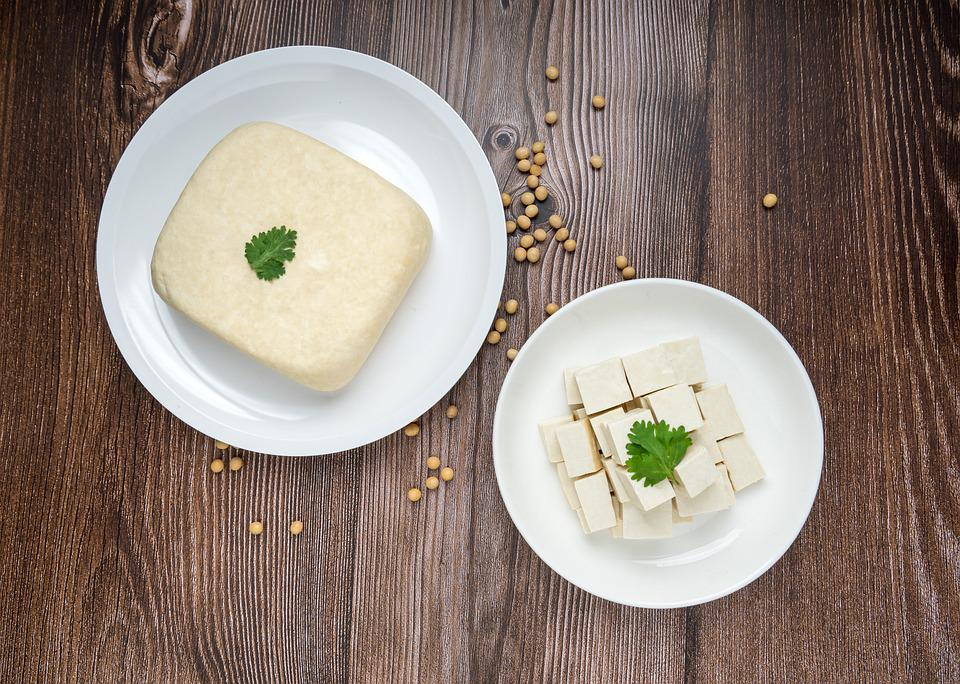
Source of tofu 丨 pixabay
But how much do you know about food that is accustomed to tofu so much? Do you know how tofu is made? What method does it become what we see from soybeans to tofu?
The process of making tofu
As we all know, the main raw material for making tofu is soybeans, and its production process can also be roughly divided into "bean-grinding pulp-filter pulp-boiled pulp-point brain-suppression molding".
In the process of making tofu, soybeans as raw materials need to be soaked for a period of time, and then add a certain percentage of water to soy milk when the bean bubbles rise to 2-3 times large. Then filter out the impurities of soy milk (that is, bean dregs), heat the soy milk to cooked, and skim off the foam, making it smooth and pure, which can enhance the tofu taste.
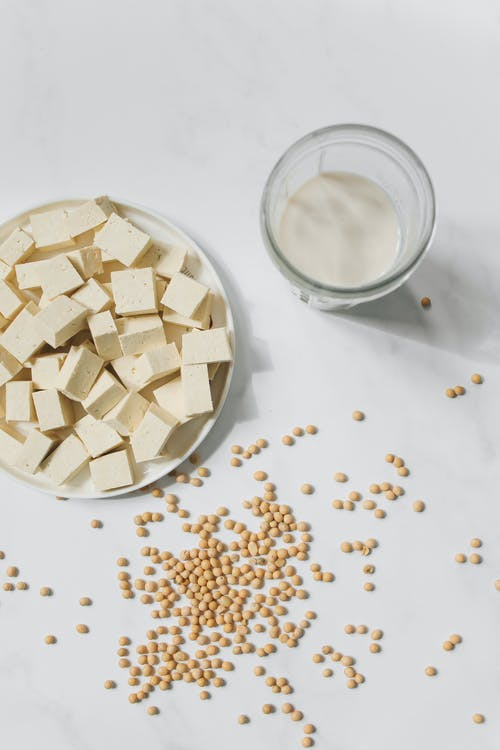
Soybean, soy milk, tofu source | pexels
After preparing hot soy milk, the next step is to make your brain.
To make your brain, that is, the process of halogening to form a tofu brain. The key to turning liquid soy milk into solid tofu is to make meal. As the saying goes, "Brine tofu, one thing is reduced." After a little bit of sauce, the soy milk will slowly precipitate, and the semi -solid tofu brain will gradually form.
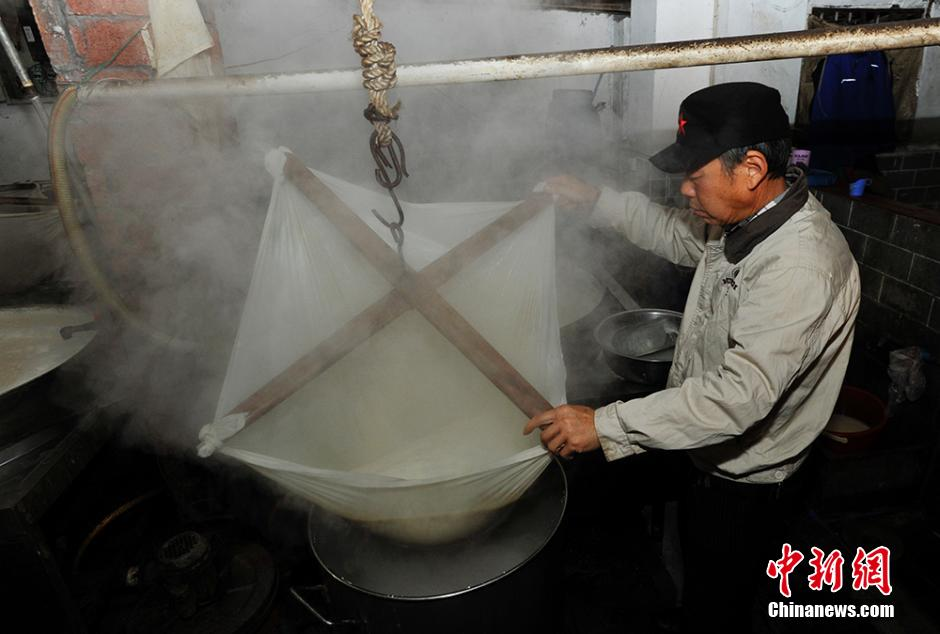
Make tofu source | China News Service
The coagulated tofu brain is smooth and fragile, and the intensity is small and cannot be formed. In order to obtain tofu with greater hardness, the last step is needed -suppressing molding. The suppression is to squeeze the moisture in the tofu brain. Before the suppression, it is necessary to break all the tofu brain, destroy the original protein arrangement structure, and release more water. The amount of moisture can affect the taste of tofu. If you want to get old tofu, you can press more water. If you want tender tofu, you will press less water.
Science in tofu
How does the soy milk of liquid become solid tofu? Among them, Guan Qiao was hidden on the "dot" that seemed to be changing. Plug -of -jelly pour briner in cooked soybean milk to achieve the effect of precipitating condensation.
Brine, also known as salt, is the remaining part of the seawater salt or salt salt, which contains magnesium chloride, magnesium sulfate, sodium sulfate and other ingredients. These ingredients are electrolytes. After dissolving in water, many free movement ions can be formed, which can play a role in condenser.
Soy milk is rich in protein, and the protein molecules are large and are not easy to dissolve in water. This makes the cooked soy milk a colloidal solution for protein molecules high -speed exercise.
According to the response to water, the organic structure can be divided into a typical organic structure of exclusive water molecules- "hydrophobic group" and the atypical organic structure of affinity water molecules- "hydrophilic group". The same is true of protein. It has both typical organic structures mainly based on hydrocarbon structure and atypical organic structures mainly based on carboxyl hydrogen bearing ions.
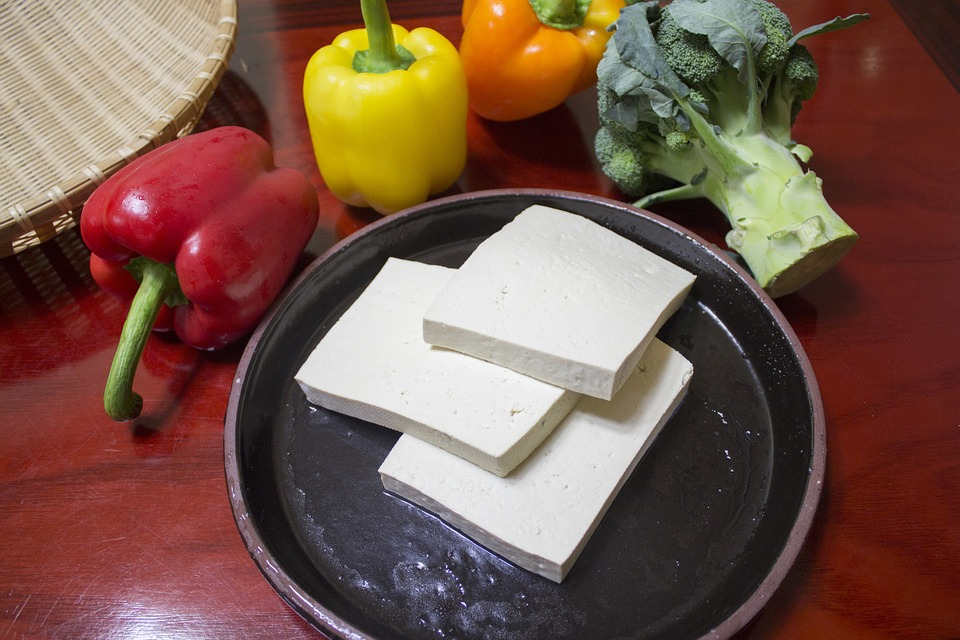
Source of tofu 丨 pixabay
The hydrophobic group moves closer to each other, and the hydrophilic group is more willing to contact water molecules. As a result, soy milk has formed a number of water -sparse groups composed of protein, and the hydrophilic group is outside the structure. And the hydrophilic group will grasp the water molecules tightly to form a set of water film. Such a protein composition is "glue granules". They are very small. Rejection of each other, there is no condensed between protein.
When adding a condenser in this gum, the electrolyte formed by the condenser in the water will break the original situation. The ions in the electrolyte will neutralize the charged ions with the surface of the rubber particles, which condenses the protein. When the condensed particles are large enough, precipitation will occur. The previously scattered proteins condensed with each other under the action of brine to form a tofu brain, and then squeezed out excess water to increase the density between proteins, and finally the tofu of the soft and hardness can be obtained.
"Plusal" does not have to use brine
The brine is not the only condenser. Other coagulants such as gypsum, ester acid, citric acid, etc. can have the same condensation effect.
Different coagulants will affect the taste and nutritional value of tofu, but the principle of production is similar. Brine tofu tastes tough, bean flavor, and small water content, commonly known as "old tofu" and "northern tofu". Gypsum tofu is tender and smooth, with a lot of water, commonly known as "tender tofu" and "southern tofu".
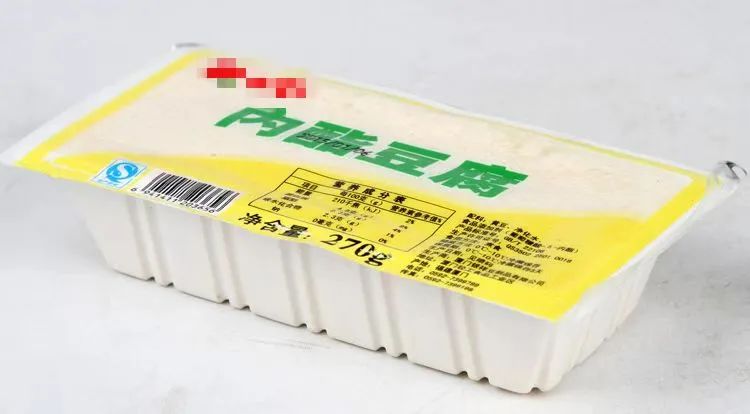
Lisid tofu source 丨 a shopping website
In addition, there is such a box of tofu on the market, smooth and tender, white and delicate. The cohesion of this tofu is different from the tradition. It uses a new chemical substance -glucosate, which is also an example of technology for food processing.
- END -
just!Hefei No. 1 Middle School, Sixth Middle School, and Eighth Middle School were announced by the three schools!

This afternoon,Hefei Education Examination Institute was heldHefei urban area in 2...
The comprehensive medical strength has continued to improve, so that citizens can enjoy high -qualit
Recently, the reporter learned from the 2022 Health and Health Work Conference and the work promotion meeting of the Public Health Commission of the District that since 2021, the epidemic prevention a